Crossing the Inlet
The Burrard Inlet has been home to Squamish, Musqueam and Tsleil-Waututh peoples for thousands of years. Indigenous people would traverse the Burrard Inlet in canoes, travelling to fishing, clamming and hunting sites on both shores, especially around what is now called CRAB Park. Visit the Musqueam Place Names Map and the Squamish Atlas to learn more.
Once the north shore was settled by Europeans, there was demand for an easy way to cross the Burrard inlet. The first ferry to operate in the inlet was run by John Thomas, known as “Navvy Jack,” a gravel merchant from the North Shore, who began his for-hire service in 1866, with a Vancouver stop at CRAB Park. In 1900 a ferry called The North Vancouver was providing a scheduled service, as well as other smaller ferry companies, but in 1908 the City of North Vancouver took over all ferry services under The North Vancouver Ferry Company which was in operation until 1958. Today, the SeaBus, operated by TransLink, links the North Shore to Waterfront Station.
June 13, 1886: The Great Fire
On June 13th 1886, just three months after the City of Vancouver was incorporated, a windstorm fanned the flames of a clearing fire on the Canadian Pacific Railway’s property into a raging inferno which destroyed the new city in under 30 minutes. Pushed by an unusually strong south west wind, and in the midst of a three-week dry spell, the fire moved so quickly that the residents had little chance to run from the flames. Buildings burst into flames as the sap in the wood reached ignition point and large burning embers flew through in the wind setting their surroundings alight as they landed.
The intensity of the heat and flame was extraordinary. As it swept through the town confusion reigned. Some ran back into homes to retrieve belongings or change clothes, others jumped into wells seeking protection, only to suffocate. Many sought refuge in Burrard Inlet, holding their possessions high above their head while trying to stay close to the surface of the water to breathe and find respite from the heat. Those in the inlet climbed onto boats close to the shore, or held onto anything that would keep them afloat.
Squamish First Responders
On the North Shore, the flames and smoke were seen by the local Squamish people in the community of Ustlawn who quickly launched canoes and paddled across the inlet to rescue those in the water. The Squamish people opened their homes and the church (St. Paul’s Parish) to those brought to safety on the North Shore. Many of the people who had jumped into the inlet would have perished were it not for the Squamish people.
While rescuing fire victims, the Squamish first responders sang a Paddle Song to comfort them. The song is still part of Squamish oral traditions and is sung at ceremonies and funerals. Kristen Rivers, a descendant from one of the Squamish women who led the rescue efforts, told the CBC that “our oral traditions through song and story telling tell us that dozens of canoes came over and my great-great grandmother led the way. […] She saw people in the water. They picked them up in their canoes and brought them back to North Vancouver.” Rivers says that some of the rescued remained in North Vancouver, developing long lasting friendships with their Squamish rescuers (CBC).
We are currently doing more research on the Squamish Nation’s rescue efforts during the Great Fire. If you have information or stories to share about this, please contact us!
Recent Acknowledgement of Indigenous First Responders
In June 2017, the City of Vancouver passed a motion, brought forward by Councillor Andrea Reimer, to formally recognize the Squamish first responders of the Great Fire. Reimer wants the city understand the sacrifice and courage of the Indigenous people during the Great Fire “so all Vancouverites will know this story and honour the families,” and acknowledge the “role these families played in the establishment of modern Vancouver” (CBC).
In June 2018, the Hastings Mill Store Museums held The Paddle Song event to pay tribute to the Squamish people who saved lives, with Marissa Nahanee of the Squamish Nation performing the Paddle Song. The Vancouver Public Library 2018 Indigenous Storyteller in Residence, T’uy’t’tanat-Cease Wyss is researching the Great Fire and collecting stories from descendants of rescuers and survivors.
Rebuilding Vancouver
The fire destroyed close to 1000 buildings, leaving only three still standing, including the Hastings Mill Store, and dozens are thought to have died, although an exact number is unknown. Vancouver began rebuilding almost immediately. Supplies, first aiders and doctors came in from surrounding towns, as well as lumber and tools from communities in the Fraser Valley, which started arriving the next day. Temporary tent shelters and building frames were set up within 24 hours of the fire, and newspaper accounts show that four days after being destroyed the city was back on its feet with numerous buildings under construction, or even complete and open for business.
Advocating for a Park
Part of the land destroyed by the Great Fire of 1886 is now home to CRAB Park. In 1982, a passionate group of Downtown Eastside residents, led by Don Larson, got together to advocate for a local public park, calling themselves Create A Real Available Beach committee, or CRAB. They chose an unused tract of land leased to the Vancouver Port Authority from the federal government on Waterfront Road as the site for their proposed park.
That year, they organized a community music event, taking over the land and advocating for it to be turned into a park. Two years later campers in 60 tents spent 75 on the land as a protest and, with pressure from local politicians, the port and government gave in and transferred seven acres to the City of Vancouver as a long term lease. Called Portside Park, it opened in 1987. In 2004, the City of Vancouver changed the park’s name to CRAB Park at Portside, to recognize the efforts of the community group that made it possible.
CRAB Park Today
There is constant activity going on around the park, and it is the perfect place to watch ferries, sea planes, helicopters and freighters come and go. Despite the busy and industrial neighbourhood, CRAB Park is a peaceful getaway with its views of the water and North Shore. The park includes open grass areas, a playground, waterpark, fieldhouse, and washroom facilities. Also at CRAB Park are several monuments including the Downtown Eastside Missing Women Memorial Stone, the Urban Indian Y2K rock, a mosaic pertaining to the Komagata Maru, a dedication garden from Vancouver’s sister city Yokohama, Japan, and a pavillion featuring a mosaic by Richard Pooley. You can take a virtual tour via the NEST at CRAB Park online. Arts and culture events and festivals often take place at the park, and it has been host to a few protests since the one that spurred its existence.
In 2016, members of the original CRAB committee, as well as other community members, were mobilized again in efforts to save the park. The Port of Vancouver is proposing an expansion project for Centerm Terminal, which many believe would obstruct the park’s view and likely increase traffic, noise and pollution. The project would take two years to complete including promised improvements to the park, and a project permit was issued in April 2018.
In 2023, CRAB Park’s tent city is Vancouver’s only legal encampment, after many unhoused people moved from Strathcona Park to CRAB Park during the pandemic.
Nearby Places That Matter
Sources
- Bollwitt, Rebecca. “The View From Crab Park.” Miss 604 blog.
- “Indigenous Storyteller in Residence.” The Vancouver Public Library Website.
- Nahanee, Maurice. “The Great Fire, 1886.” Storyscapes: Aboriginal Stories of Vancouver. Prepared by the Social Planning Department, City of Vancouver, 2003.
- Nair, Roshini. “City formally acknowledges First Nations who saved Vancouverites during 1886 Great Fire,” CBC News, June 15, 2017.
- “Navvy Jack Thomas House.” West Vancouver City Archives.
- Nest at Crab Park Website
- “Paddle song performed to thank Indigenous responders to Great Vancouver Fire.” CBC News, June 16, 2018.
- Pawson, Chad. “East Van rallies to save Crab Park from planned Port of Vancouver expansion.” CBC News, June 11, 2016.



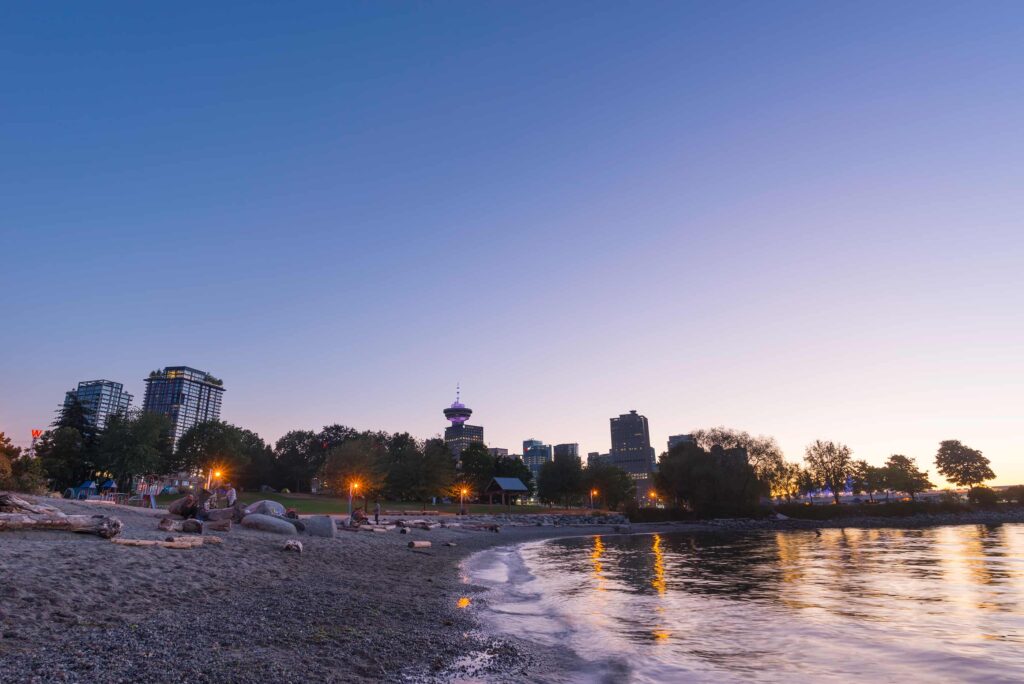
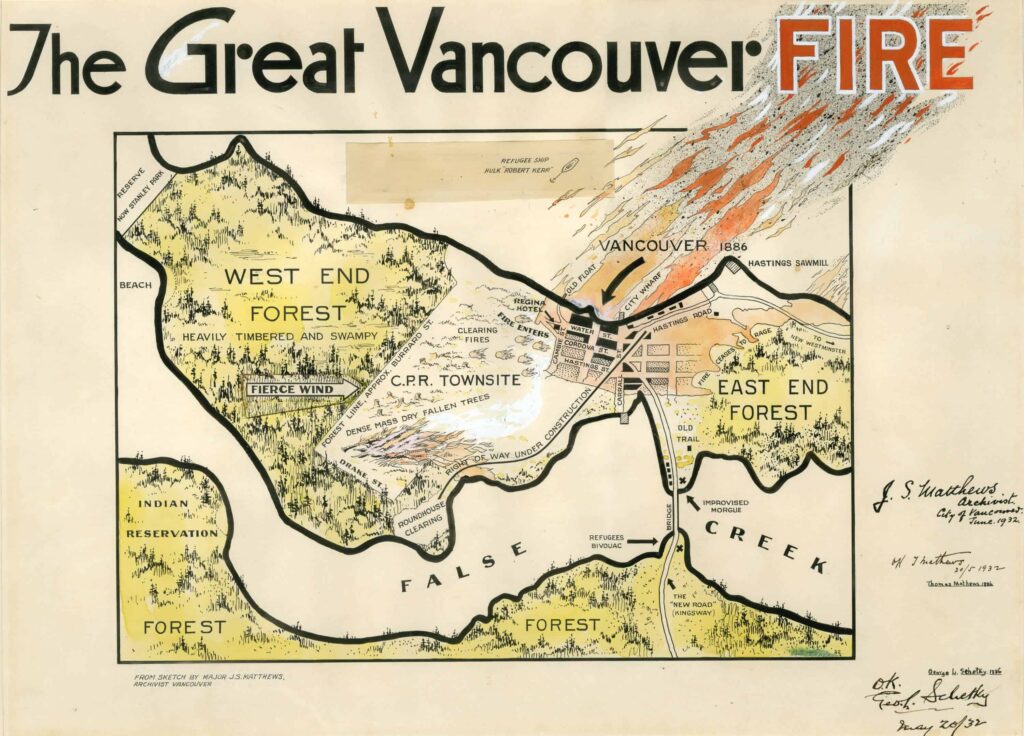
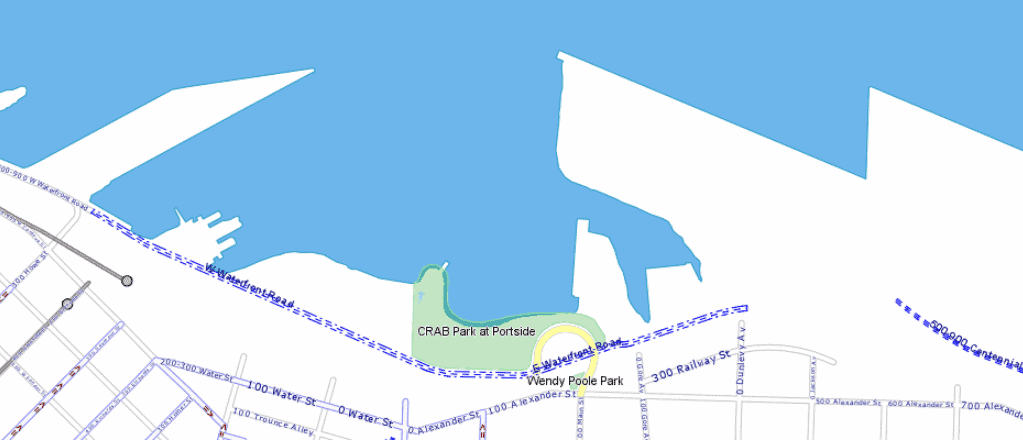
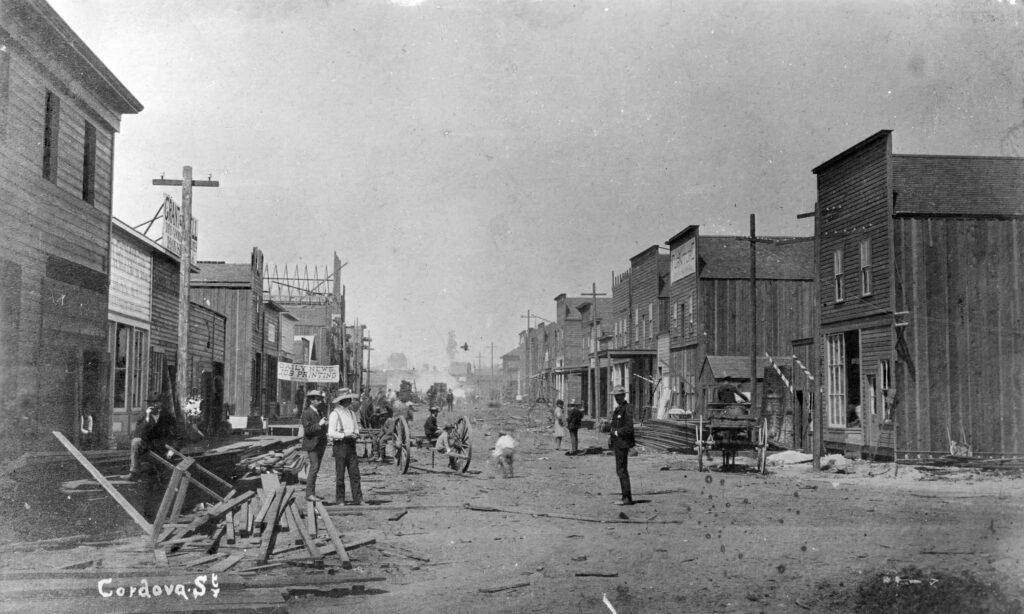
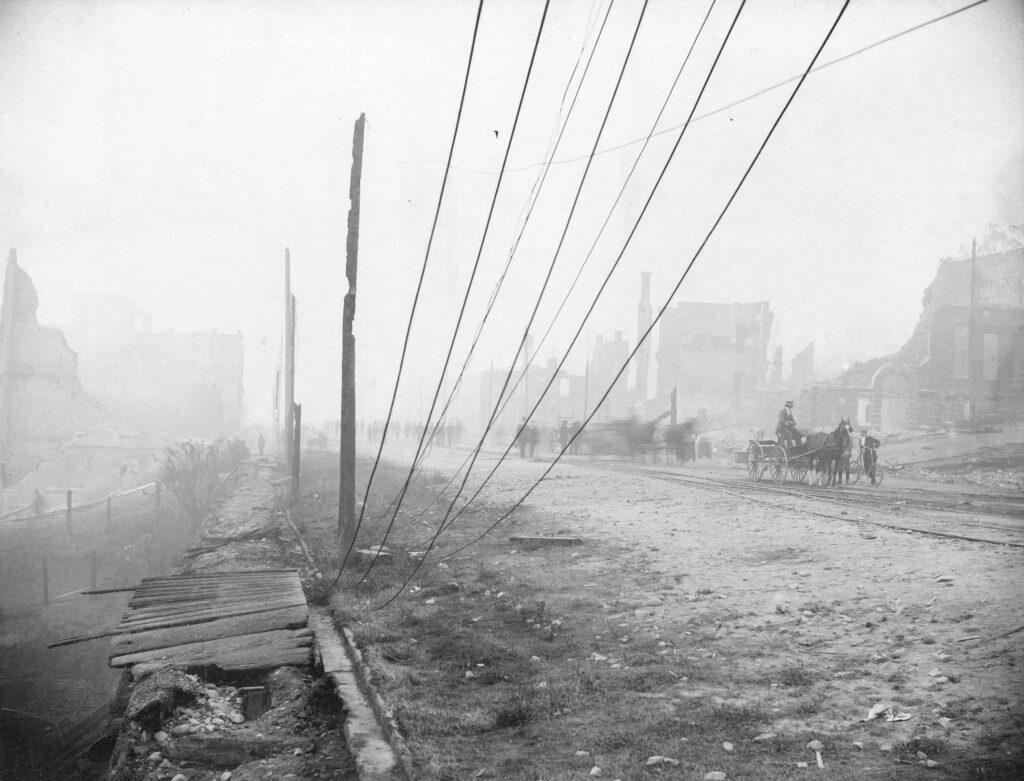
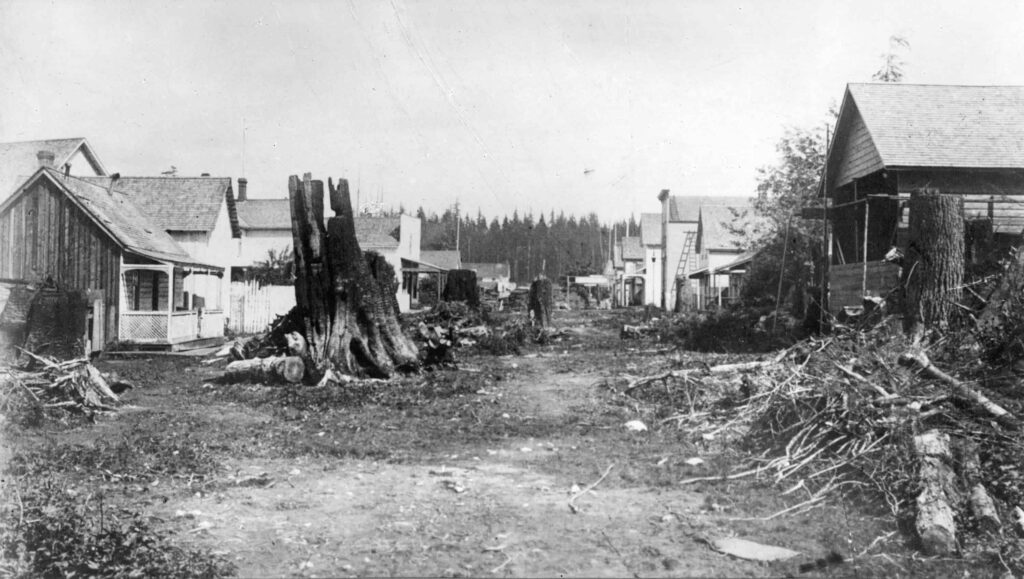
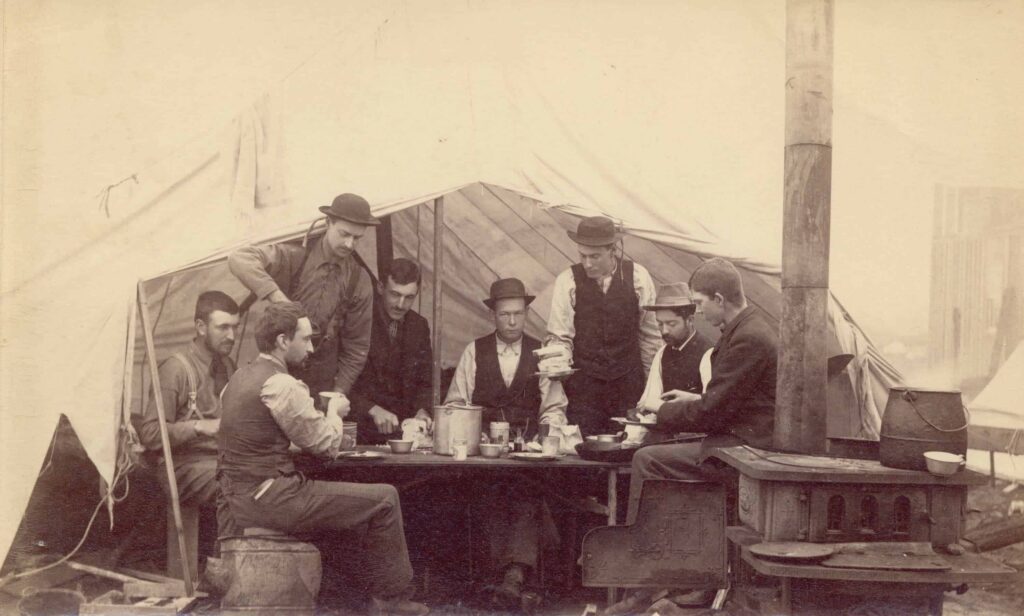
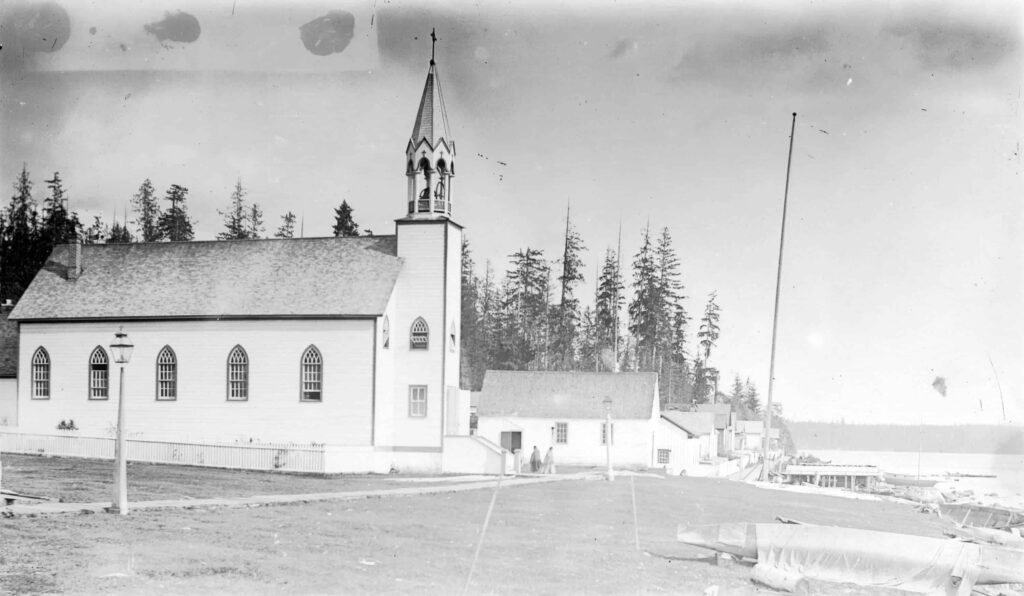
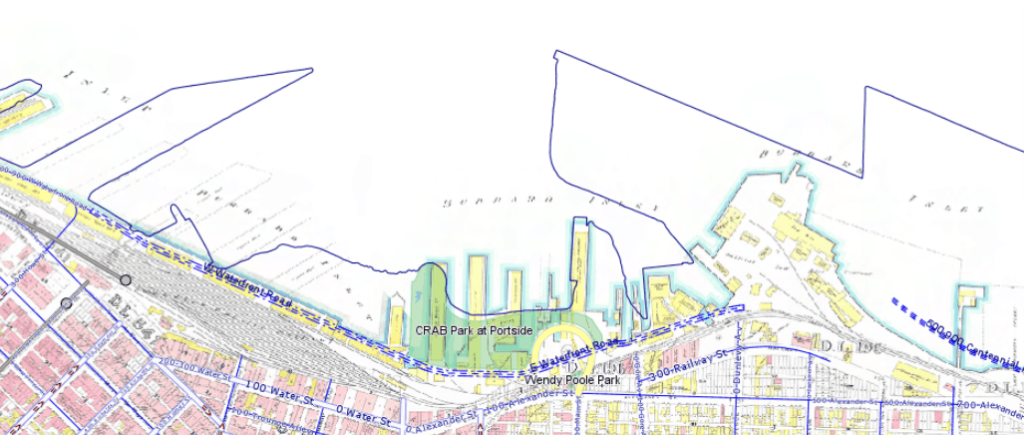
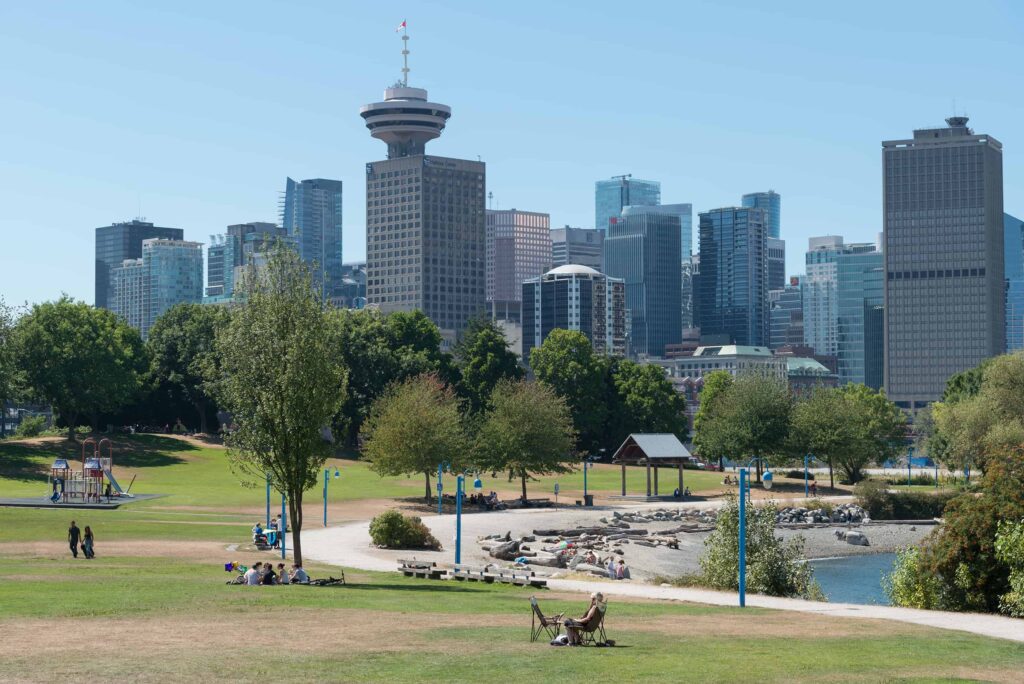
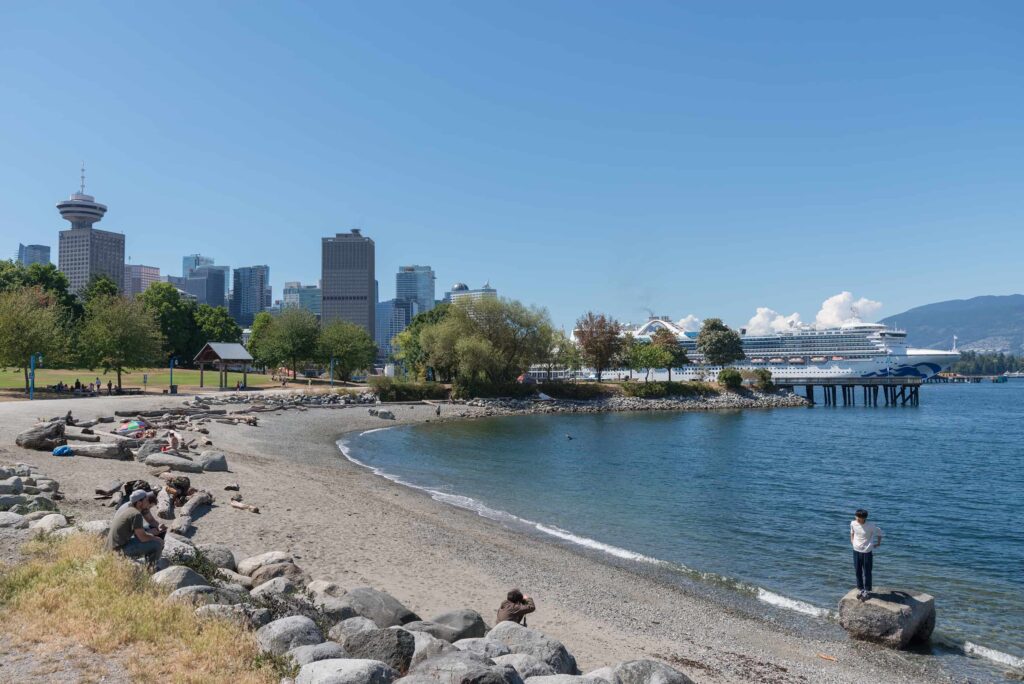
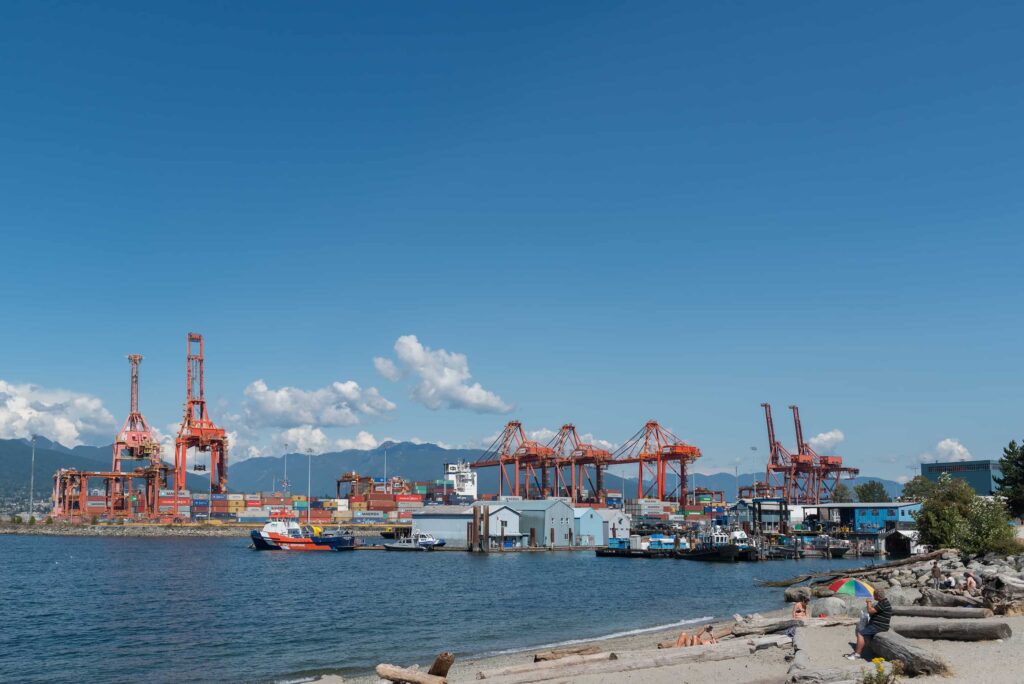
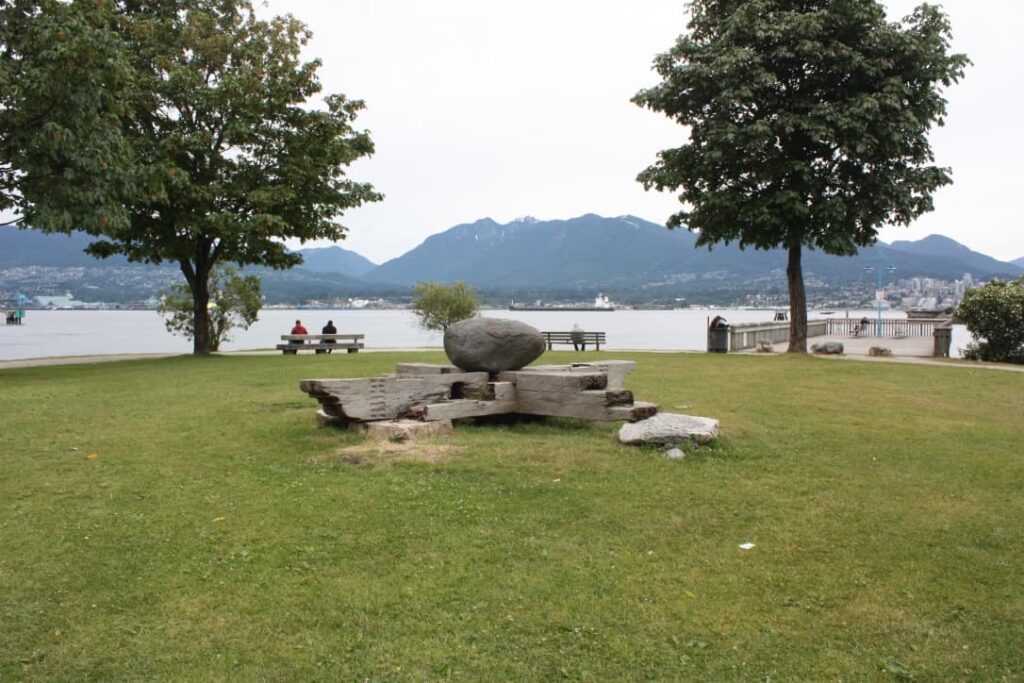
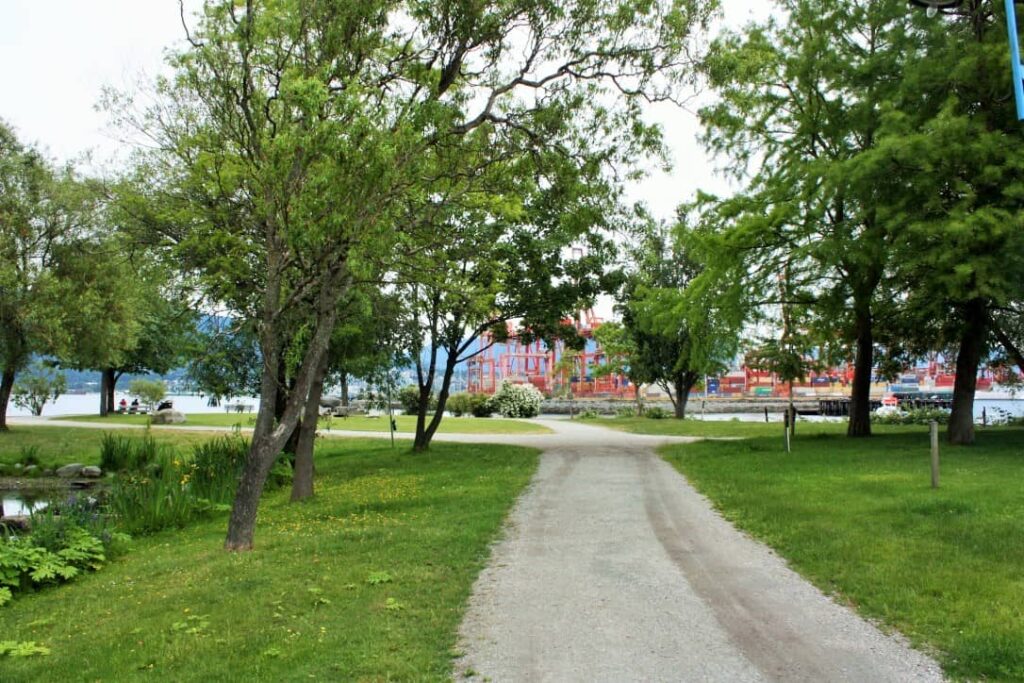
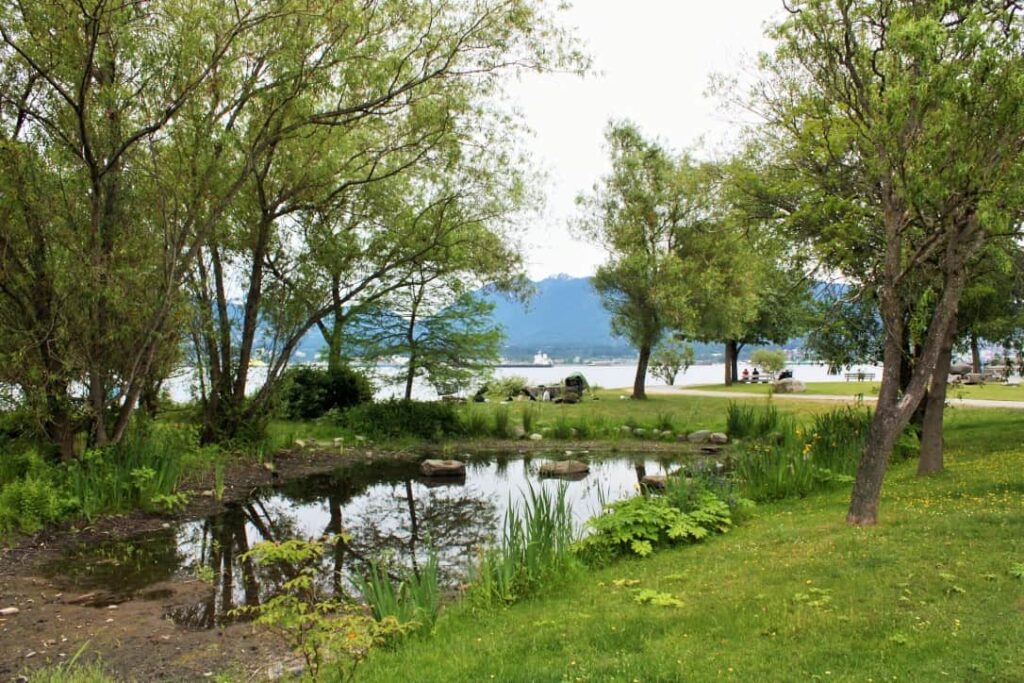
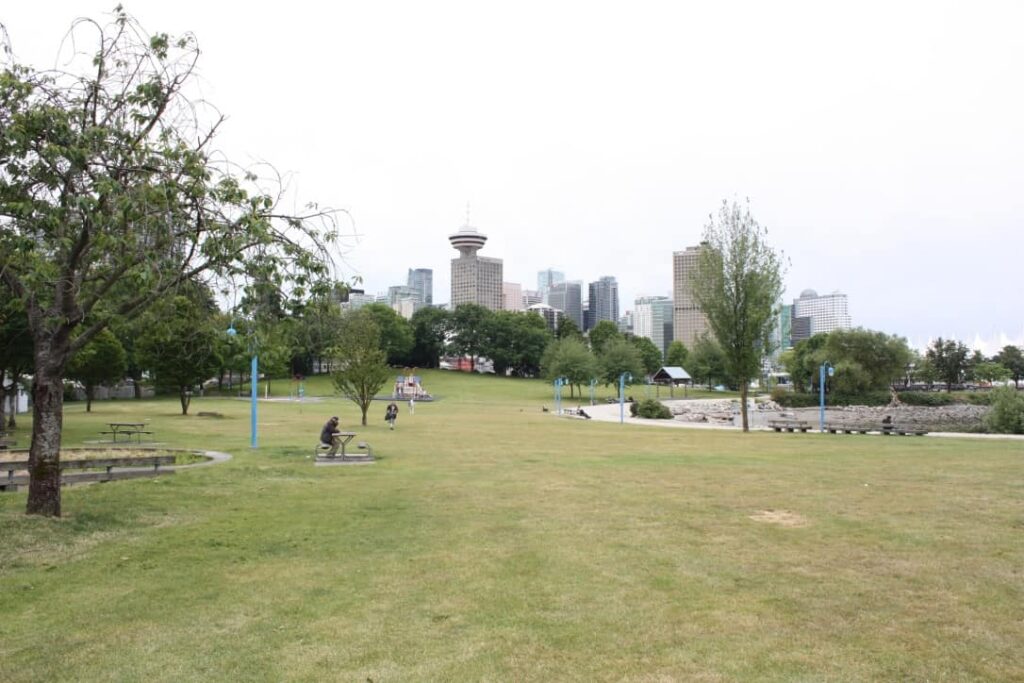

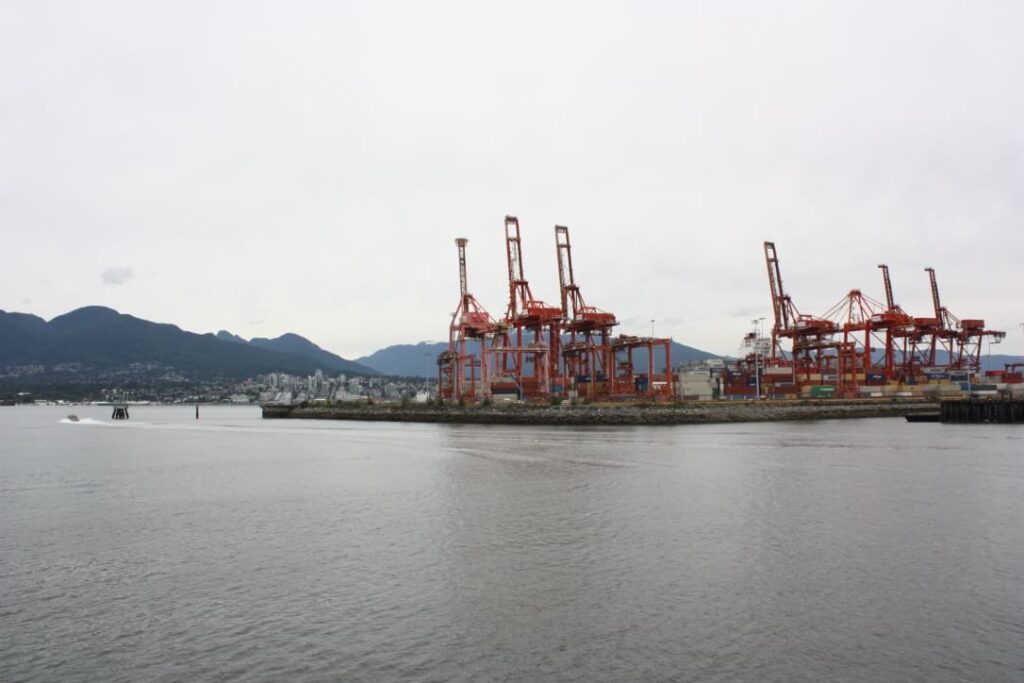
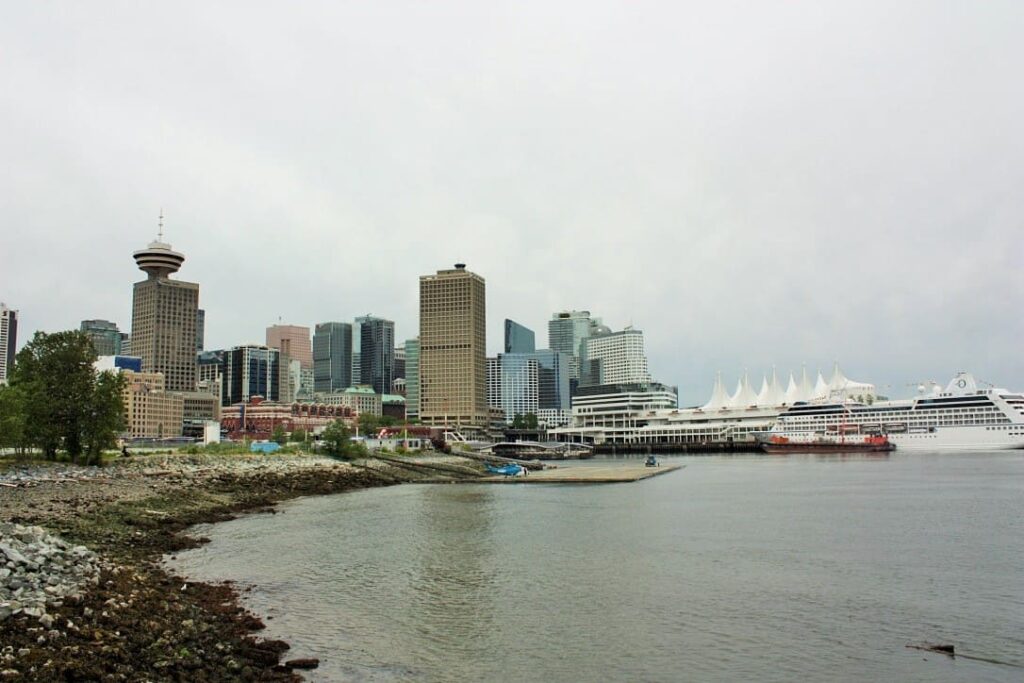
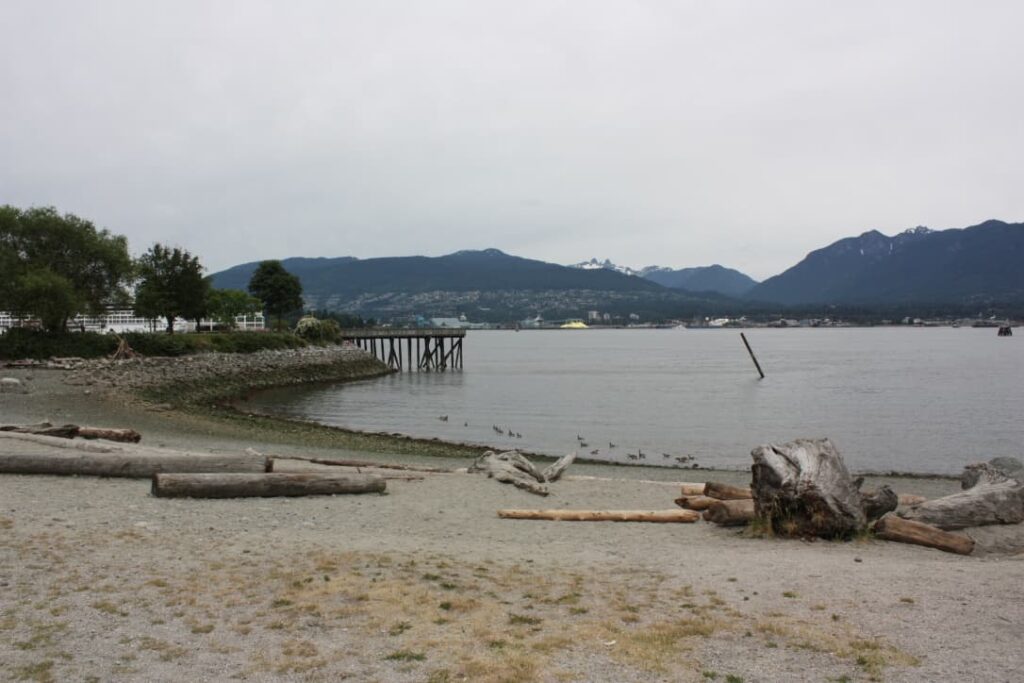
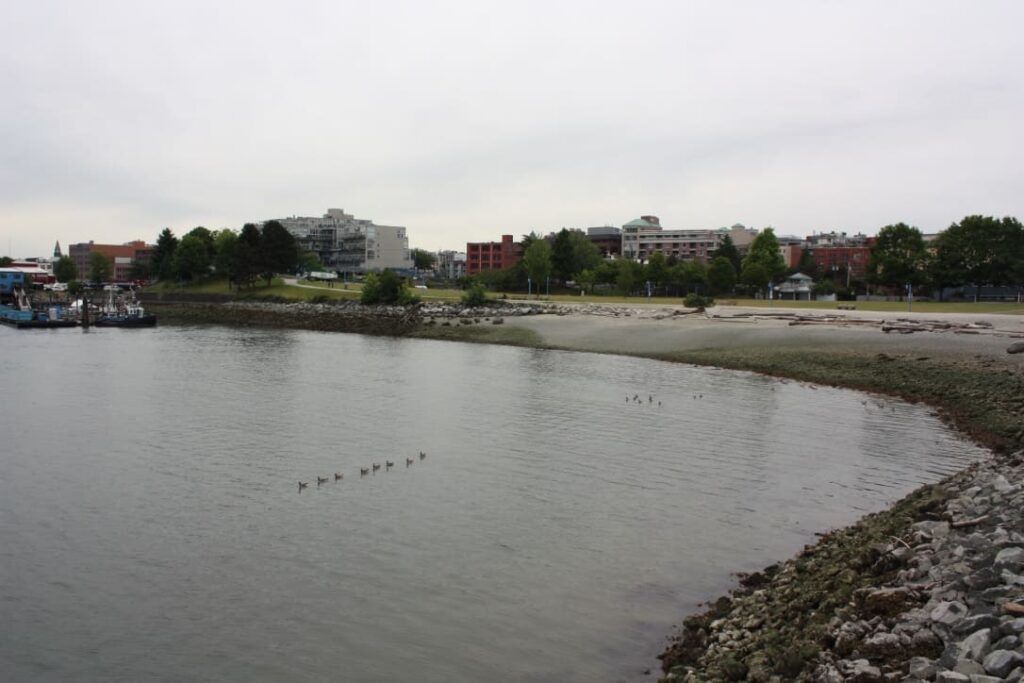
 There is no physical plaque onsite as plaque text nor a presentation has taken place yet. If you are interested, please contact us.
There is no physical plaque onsite as plaque text nor a presentation has taken place yet. If you are interested, please contact us.